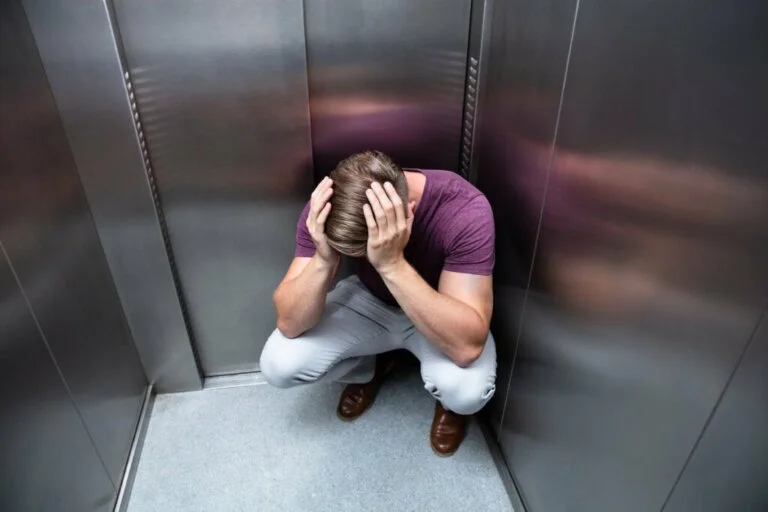For some people, the thought of riding in an elevator is enough to send them into a panic. If you experience anxiety or fear when riding in an elevator, you’re not alone. In fact, this fear has a name: it’s called elevator phobia, and it’s more common than you might think. In this blog post, we’ll explore what is the fear of elevators called and some ways to manage this condition.
Contents
What Is the Fear of Elevators Called?
The fear of elevators is called caisson disease or elevator phobia. This phobia can be traced back to the early days of elevator use when there were several accidents. These accidents led to a fear of elevators that persists even today. Symptoms of this phobia can include dizziness, shortness of breath, increased heart rate, and nausea. Some people may also experience a feeling of being trapped or claustrophobic.
What Causes Elevator Phobia?
There are many different factors that can contribute to the development of elevator phobia. For some people, it may be a specific event or trauma that occurred while riding in an elevator. For others, it may be a general fear of enclosed spaces (known as claustrophobia) or a fear of heights (acrophobia). In some cases, people may have a fear of elevators because they associate them with illness (a condition known as geraphobia).

Whatever the cause, elevator phobia can create a significant amount of anxiety and distress. People who suffer from this condition may avoid riding in elevators altogether or may only ride if they absolutely have to. In some cases, the fear may be so severe that it interferes with a person’s ability to live their life normally.
Managing Elevator Phobia
There are many different ways that people can manage their fear of elevators. Some people find that therapy is helpful. Cognitive behavioral therapy (CBT) is a type of therapy that can help people identify and challenge the negative thoughts and beliefs that contribute to their anxiety. Exposure therapy is another type of therapy that can be helpful for treating phobias; with exposure therapy, people gradually expose themselves to the thing they are afraid of (in this case, riding in an elevator) until their fear starts to dissipate.
In addition to therapy, there are also some self-help strategies that can be effective for managing elevator phobia. One strategy is to practice relaxation techniques such as deep breathing or progressive muscle relaxation. These techniques can help to reduce anxiety in the moment and make it easier to cope with situations that trigger your fear. Another helpful strategy is to develop a positive coping statement that you can repeat to yourself when you start to feel anxious. For example, you might say “I am safe” or “I can do this” when you start to feel afraid.
Conclusion
If you suffer from elevator phobia, there are many different treatment options available that can help you manage your fear and live your life normally.



